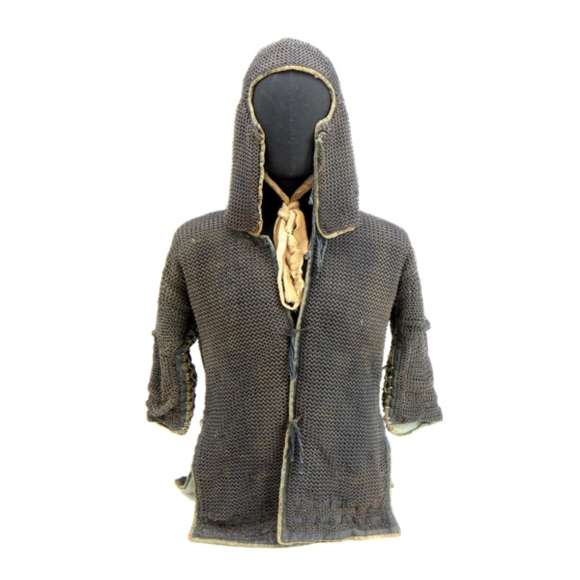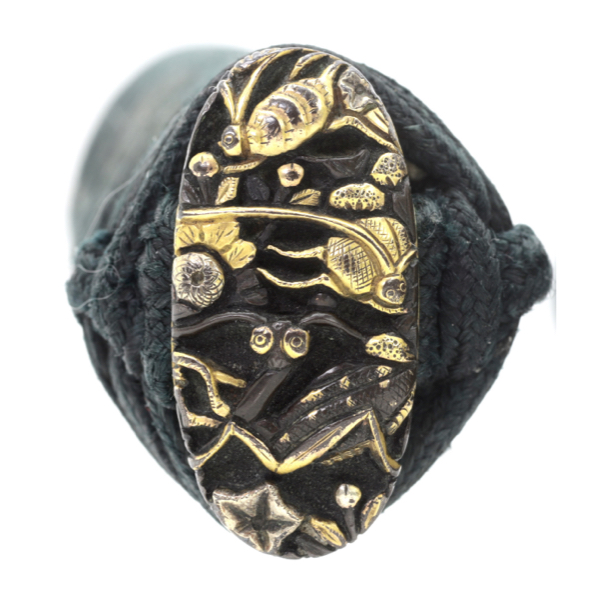
Mino-bori (美濃彫)
Language: Japanese
Source: Michitatsu's Sōken Kishō of 1781
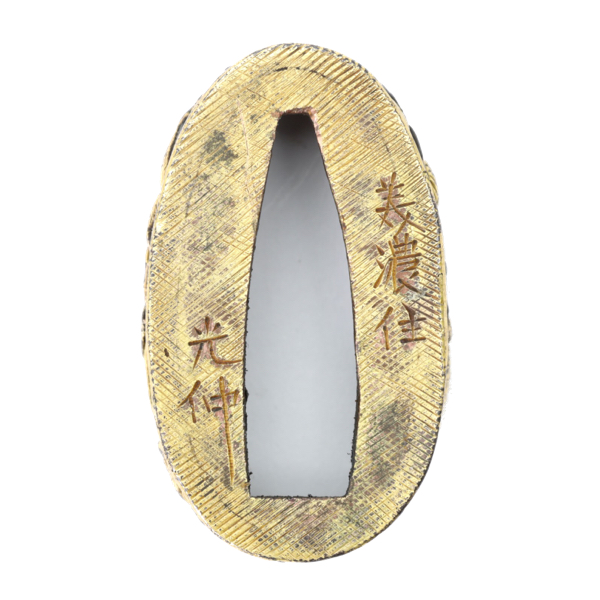
Mino Mitsunaka (美濃光仲)
A Japanese sword fittings artist who worked in the Mino-bori style.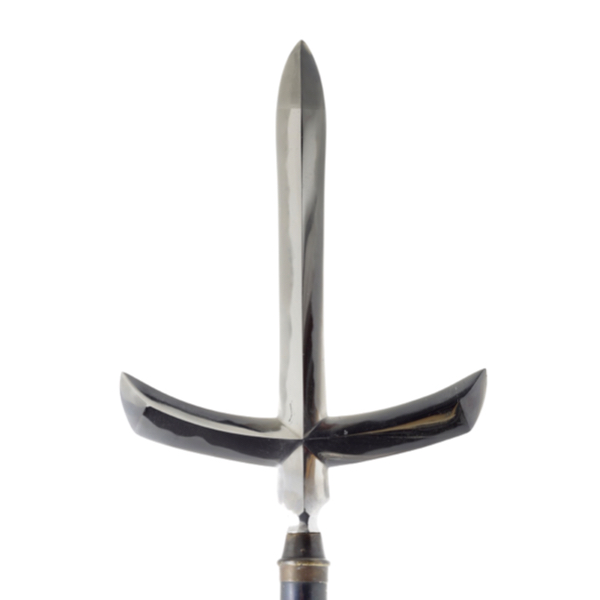
Jūmonji yari (十文字槍)
Japanese word for a cross shaped spear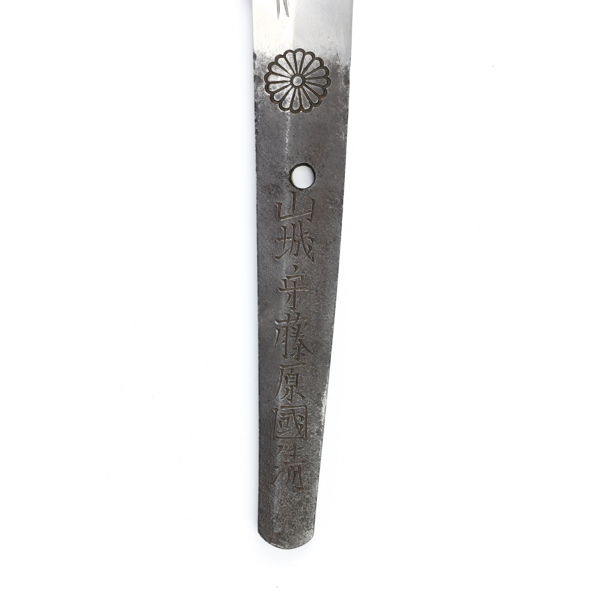
Nakago (茎 / 中心)
Japanese word for the tang of a sword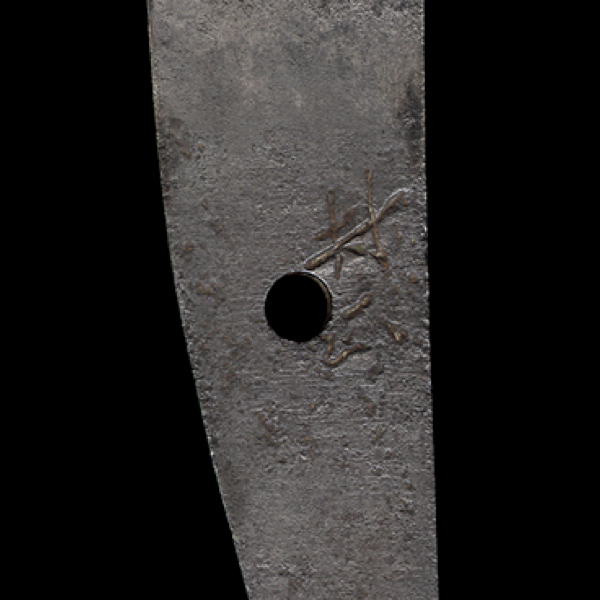
Muramasa (村正)
Muramasa (村正) was a Japanese master swordsmith, active in the first decades of the 16th century.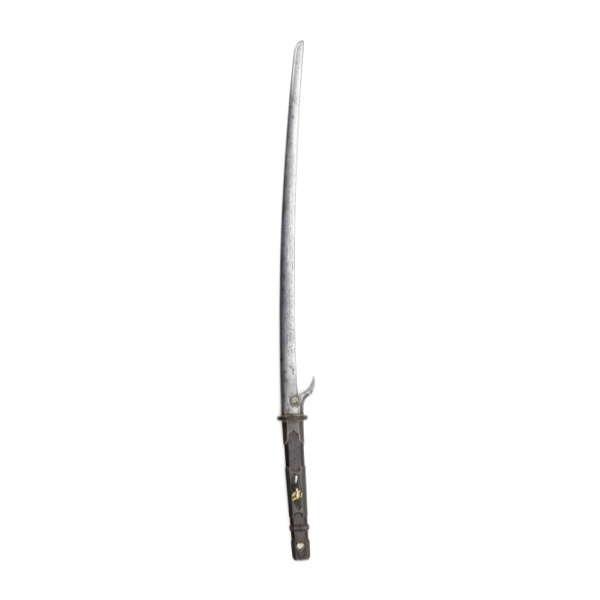
Hachiwari (鉢割)
Language: Japanese
Origin: Old literature
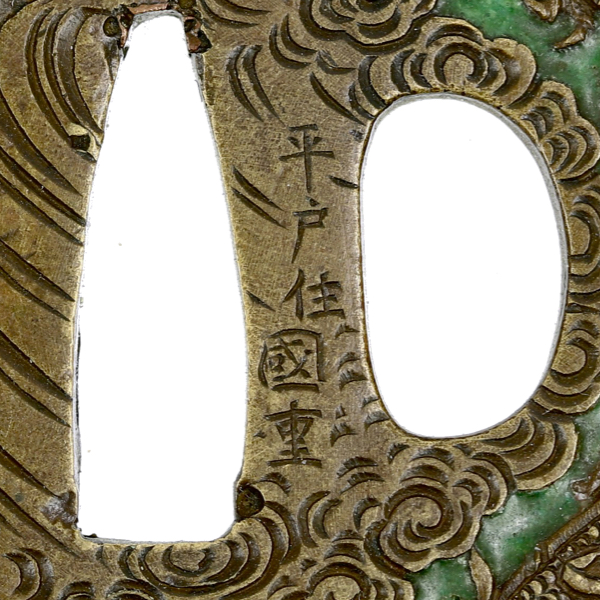
Hirado Kunishige (平戸市國重)
A group of Japanese sword fitting makers working on the island of Hirado.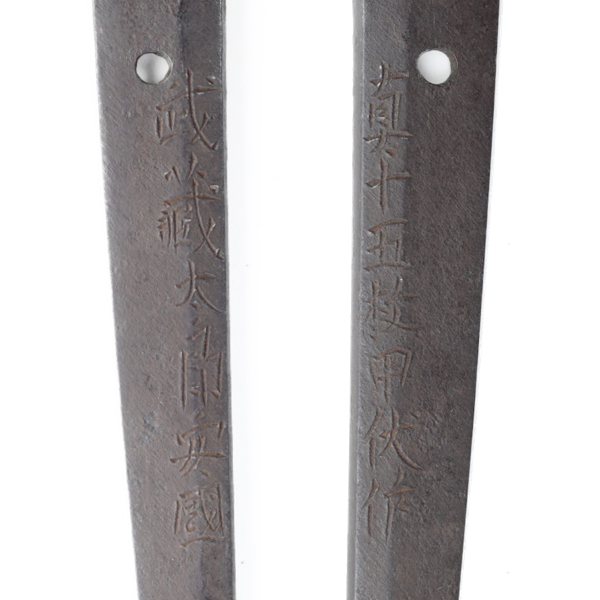
Musashi Taro Yasukuni (武蔵太郎安国)
A Japanese swordsmith who lived between 1650-1730.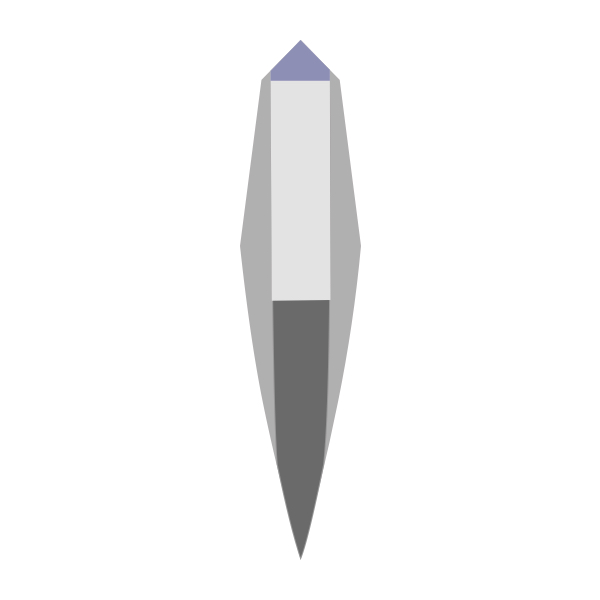
Shihōzume-gitae (四方詰め鍛え)
Japanese word for a sword construction with a high carbon edge, low carbon core, medium carbon sides and a separate back.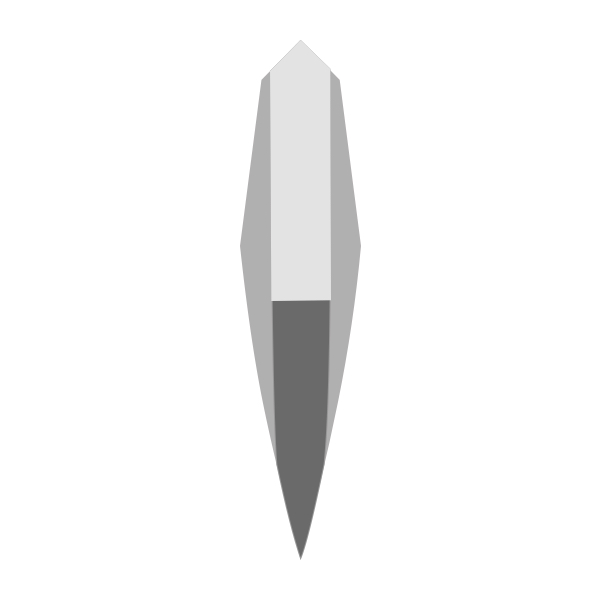
Hon-sanmai-gitae (本三枚鍛え)
Japanese word for a sword construction with a high carbon edge plate under a soft core, flanked by medium steel.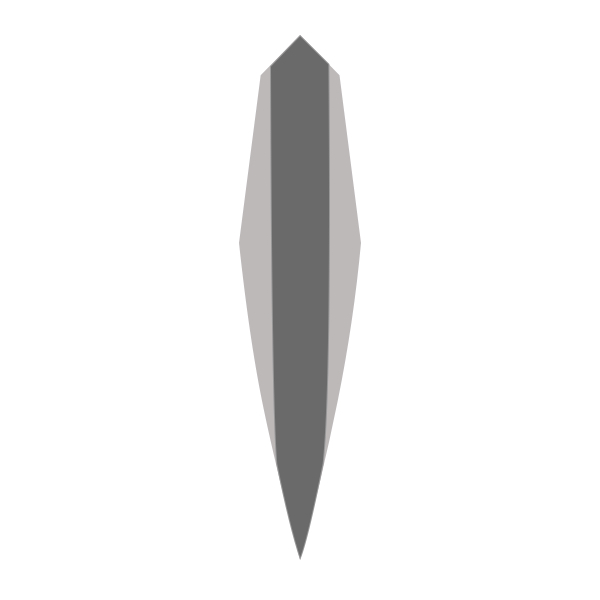
Sanmai-gitae (三枚鍛え)
Japanese word for a sword construction with a center high carbon edge plate.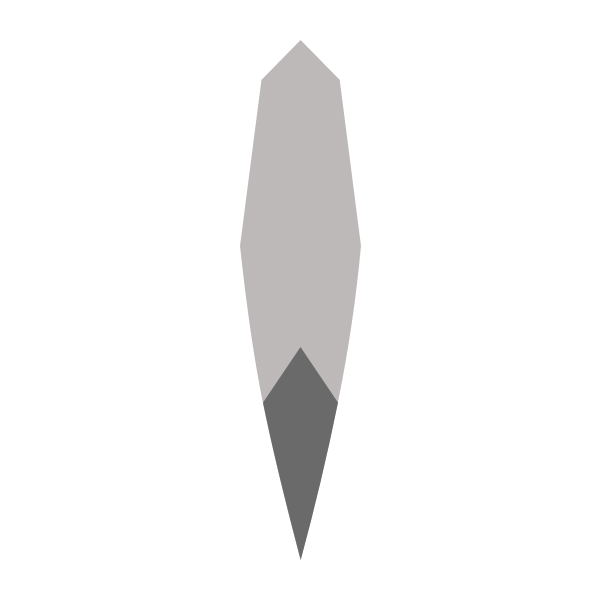
Wariha-gitae / wariba-gitea (割刃鍛え)
Japanese term for a sword construction with an inserted edge made of higher carbon steel.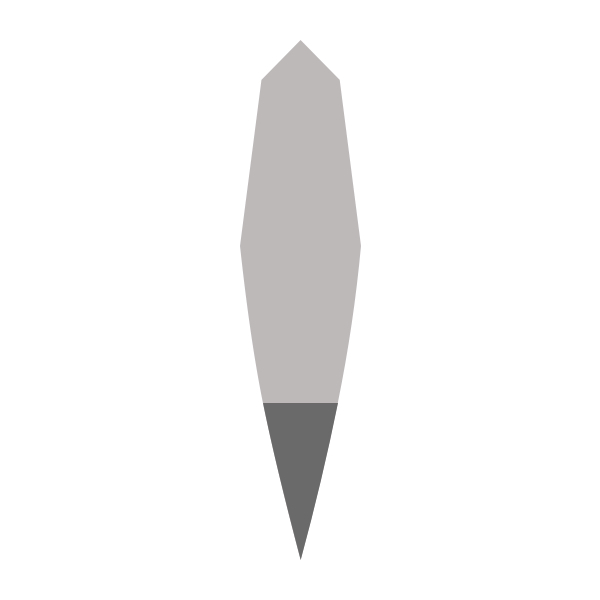
Hyoshigi-gitae (拍子木鍛え)
Japanese term for a sword construction with an edge made of higher carbon steel.
Maru-gitae (丸鍛え)
Japanese word for a basic blade construction consisting of one type of steel.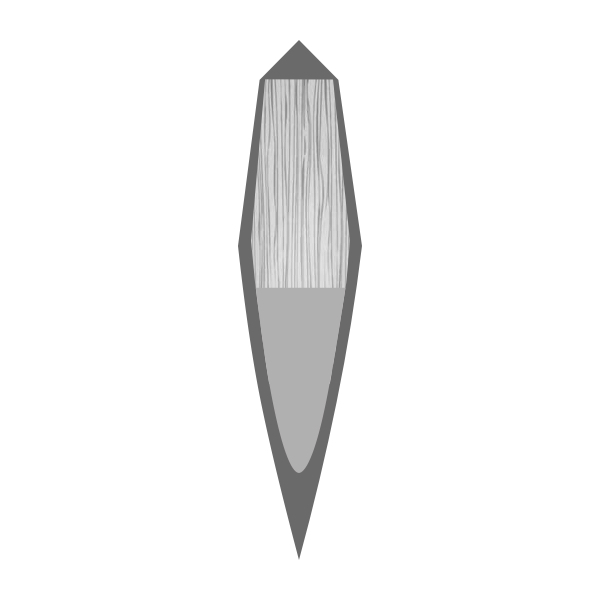
Shin jūgomai kōbuse-gitae (真十五枚甲伏鍛え)
Japanese sword construction that is was found inscribed on some tangs.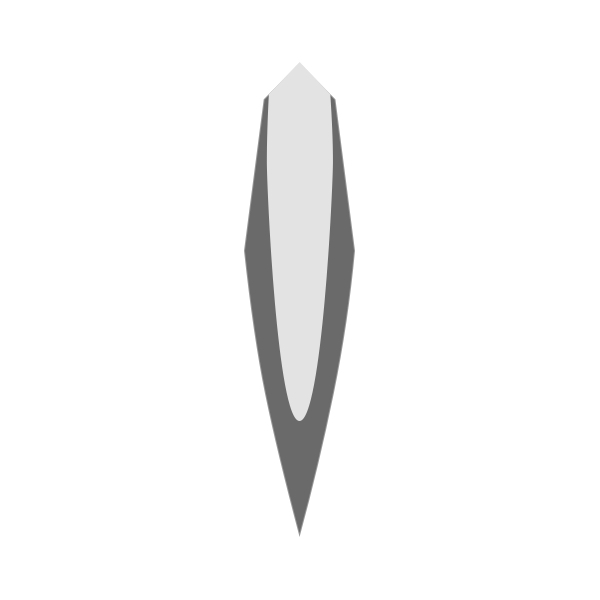
Kōbuse-gitae (甲伏せ鍛え)
Japanese word for a sword construction with high carbon steel outer jacket around a softer core.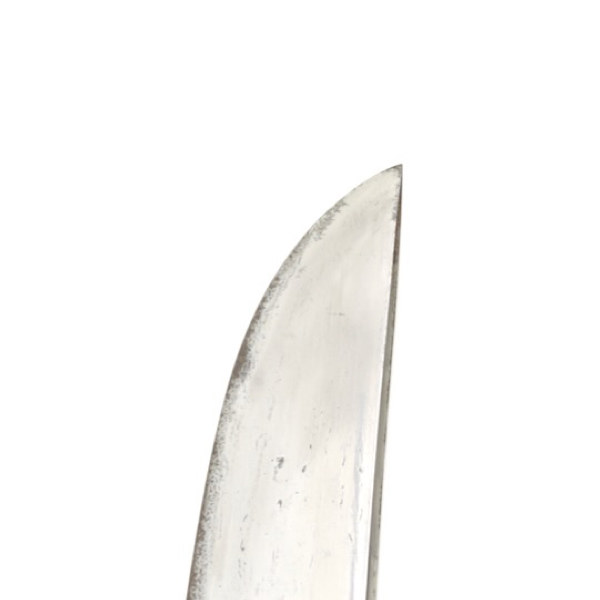
Kanetuhu / Etuhu
Ainu words for the point of a knife or sword.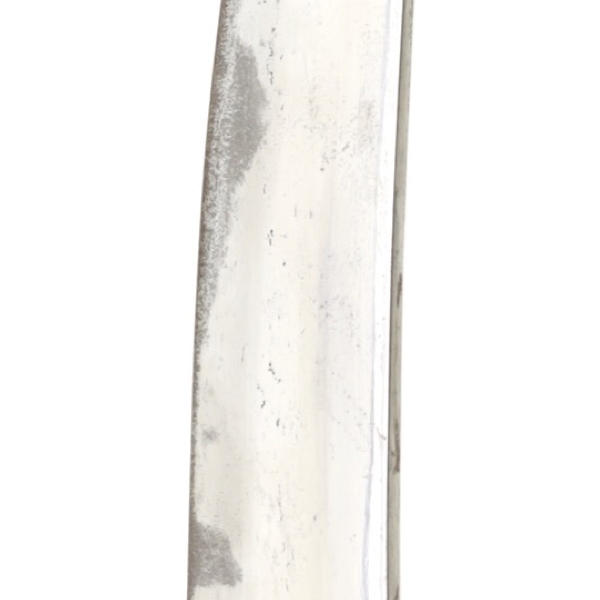
Notak
Ainu word for the edge of a sharp tool like a knife.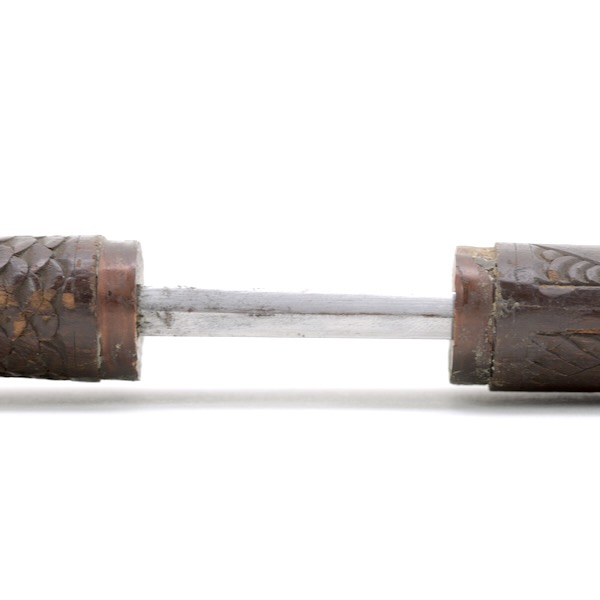
Mekkashike
Ainu word for the back of a knife, or sword. Also the ridge of a mountain or house.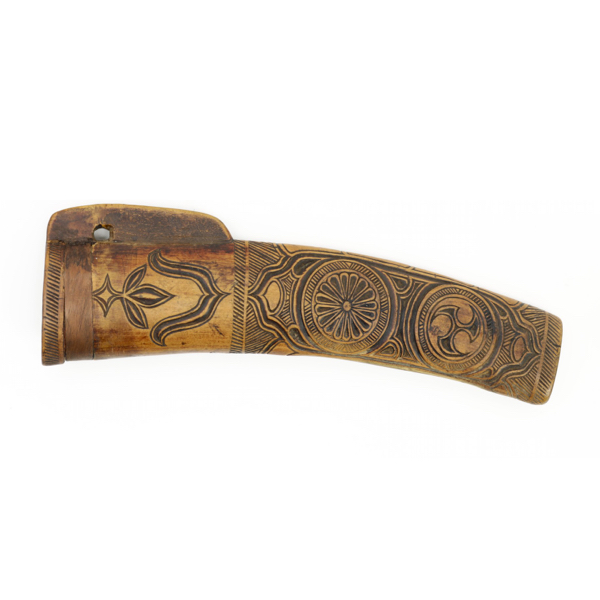
Makiri-saya
Ainu word for the scabbard of a utility knife called makiri.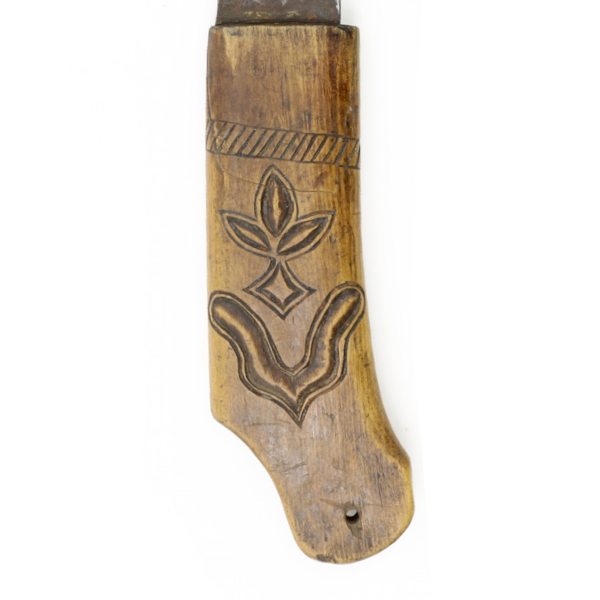
Makiri-nip
Ainu word for a knife handle.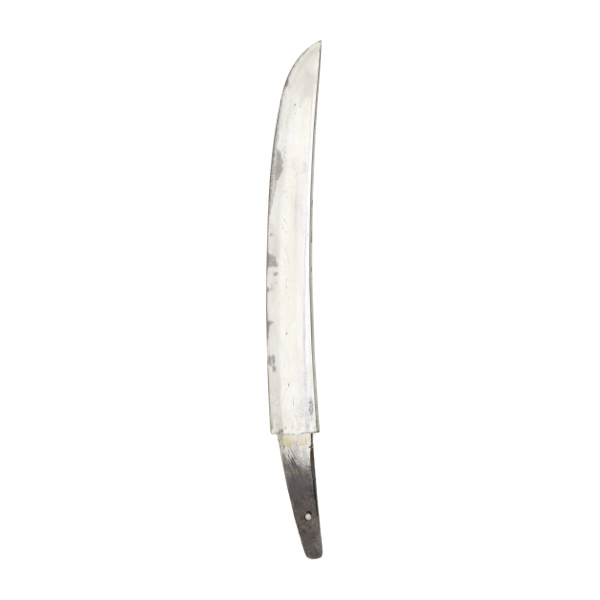
Ibehe
Ibehe is an Ainu word for a knife or sword blade.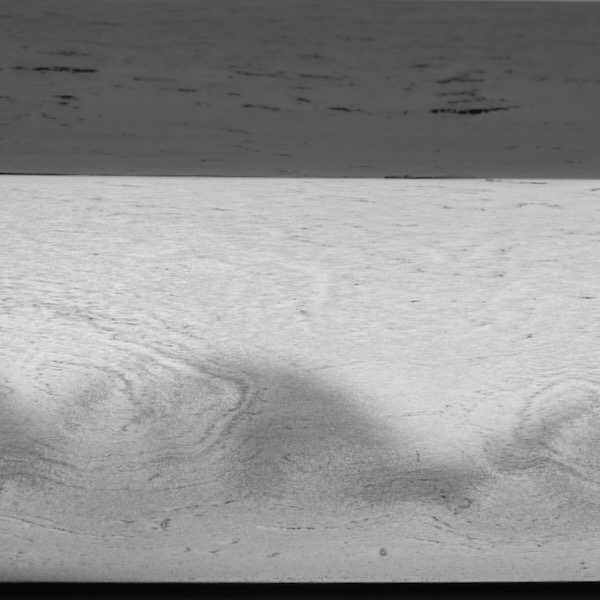
Nioi (匂)
Japanese word for fine martensite crystals in the blade's temperline.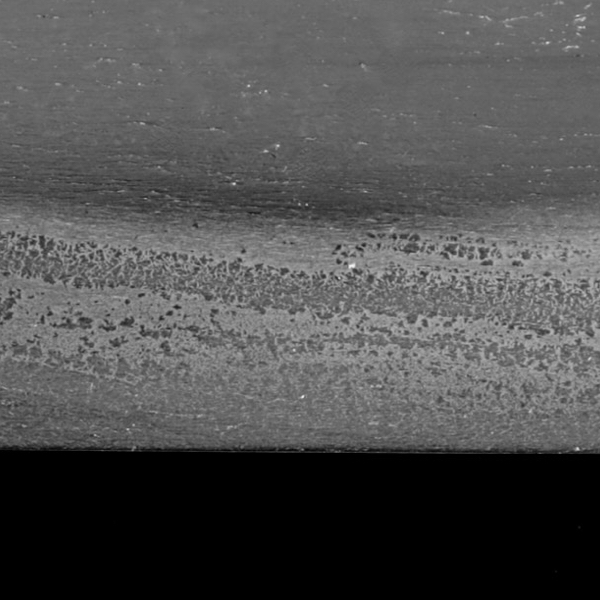
Nie (沸)
Japanese word for martensite crystals that form in blade under certain conditions.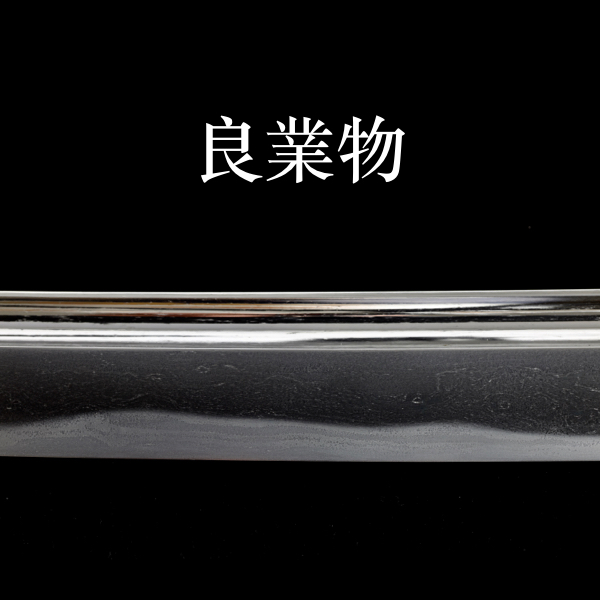
Yoki Wazamono / Ryō-wazamono (良業物)
Japanese term for a sword with the third highest rated cutting ability.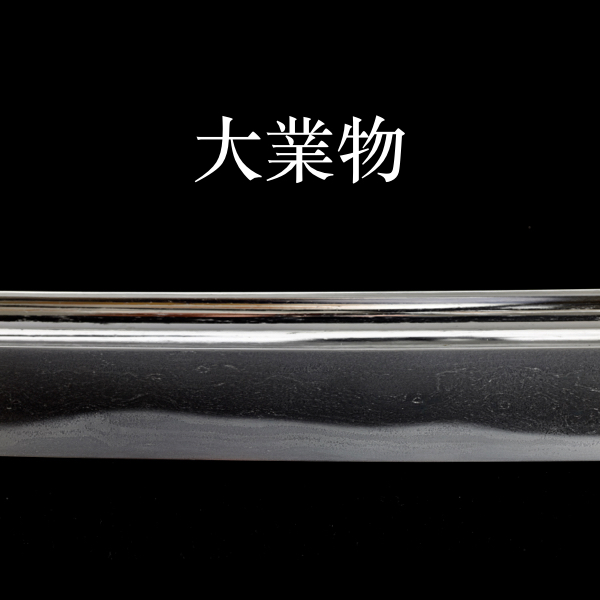
Ō Wazamono (大業物)
Japanese term for a sword with the second highest rated cutting ability.
Saijō Ō Wazamono (最上大業物)
Japanese term for a sword with the highest rated cutting ability.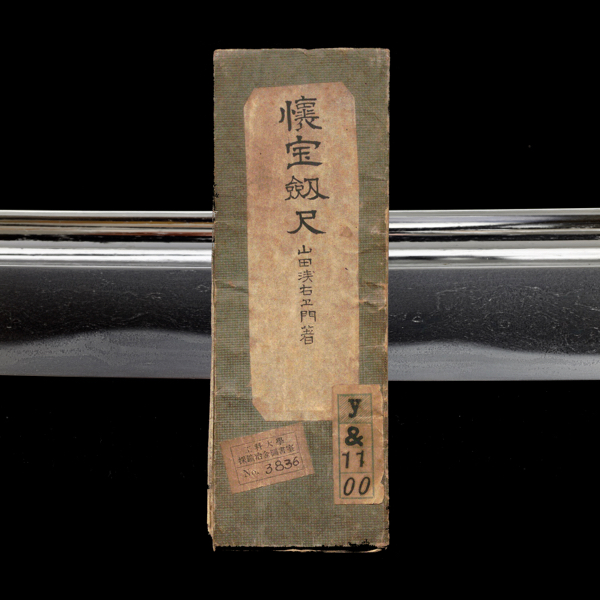
Wazamono (業物)
Japanese term for a sword that is tested to cut well.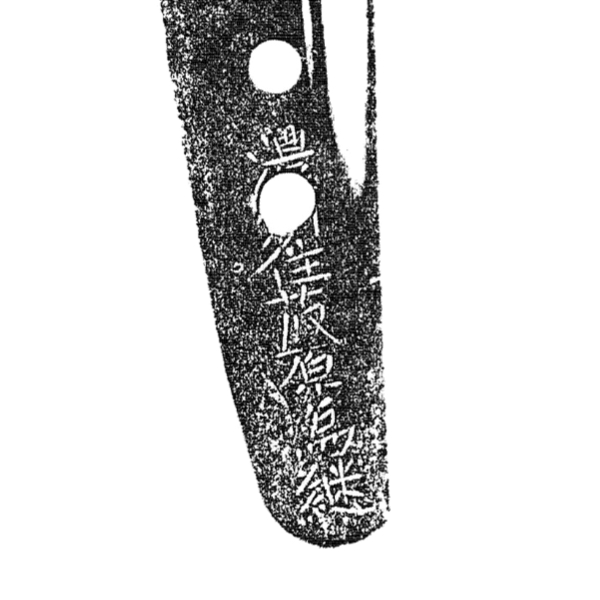
Tametsugu (為継)
A Japanese swordsmith in the Shōshū tradition.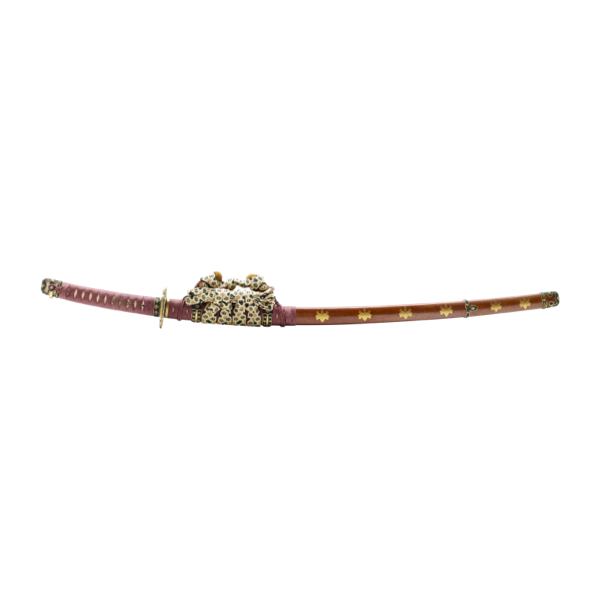
Itomaki no tachi (糸巻太刀)
Japanese term for a type of tachi koshirae.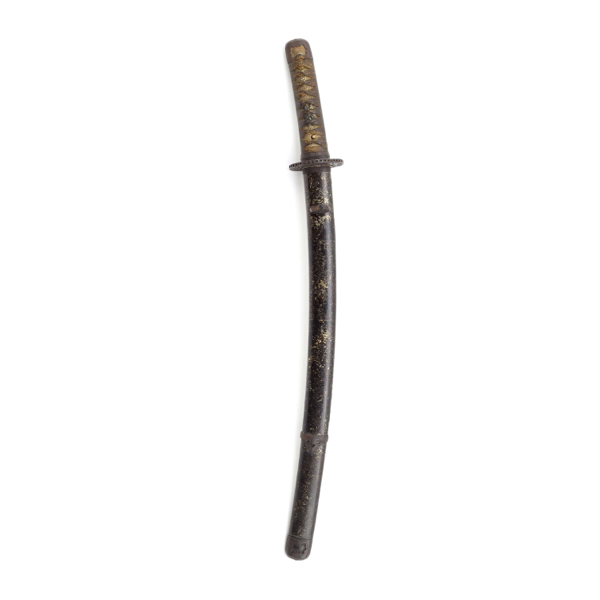
Koshirae (拵)
Japanese term for the mountings of an edged weapon.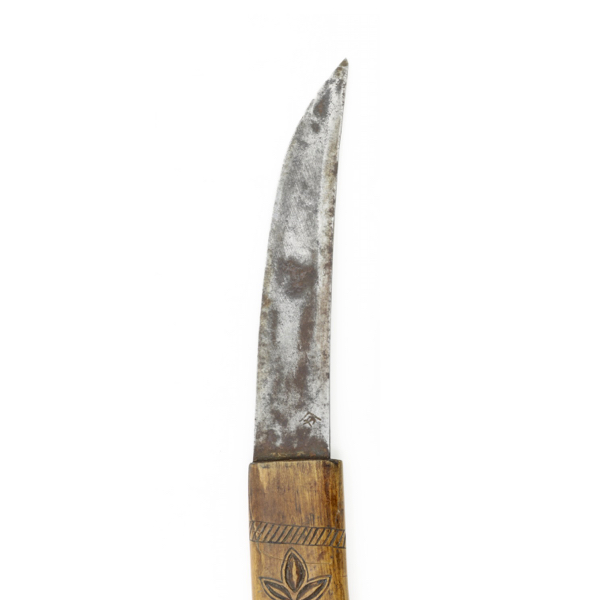
Makiri-ibe
Ainu word for knife blade.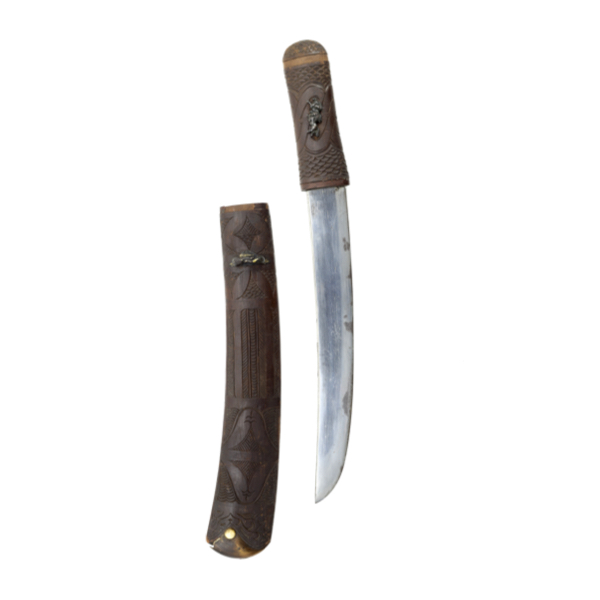
Kuttom-ushbe
Ainu word for a long knife worn in the belt.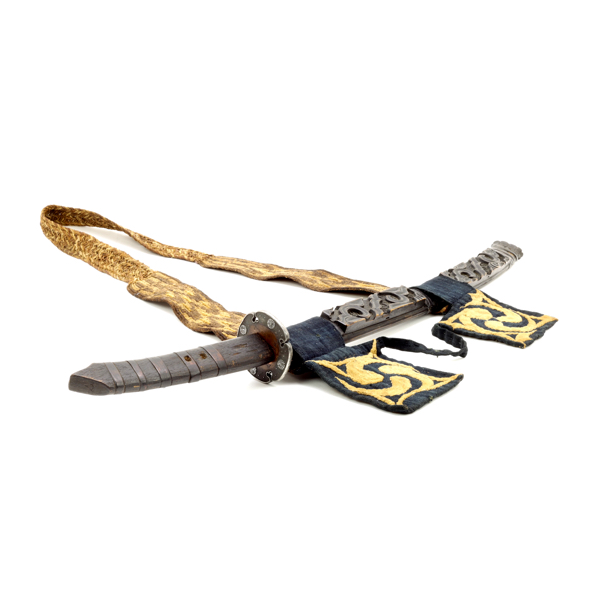
Emushi
Ainu word for sword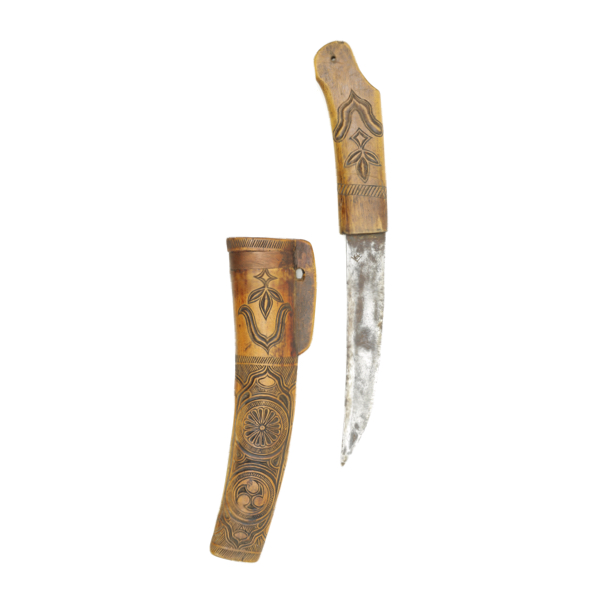
Makiri
Ainu word for a knife.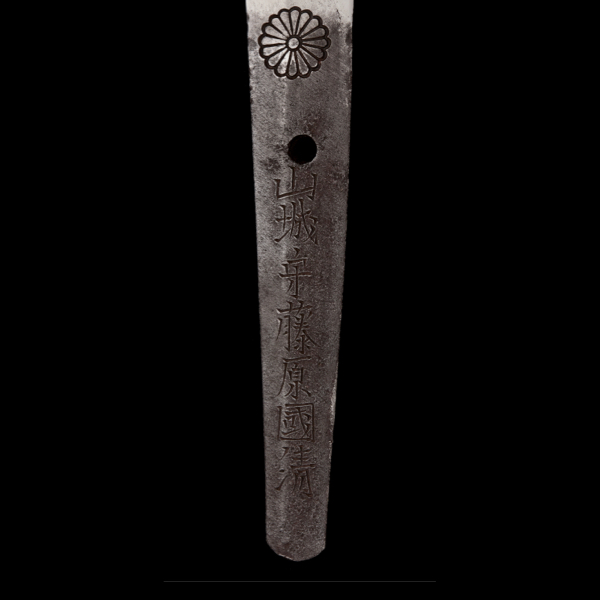
Kunikiyo (國清)
A line of Japanese swordsmiths working in Echizen.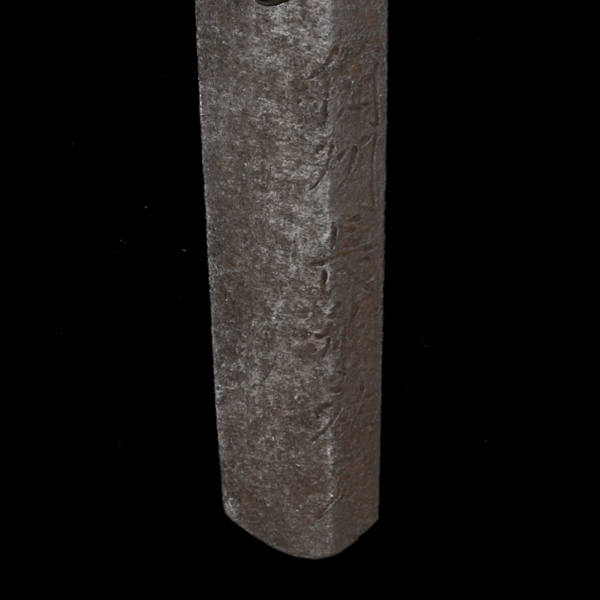
Bizen Sukesada
A group of sword makers in Bizen, Japan, active in the Muromachi period.
Yosōzaemon jo Sukesada (与三左衛門尉祐定)
A Japanese swordsmith from Osafune, Bizen, who lived from 1466-1542.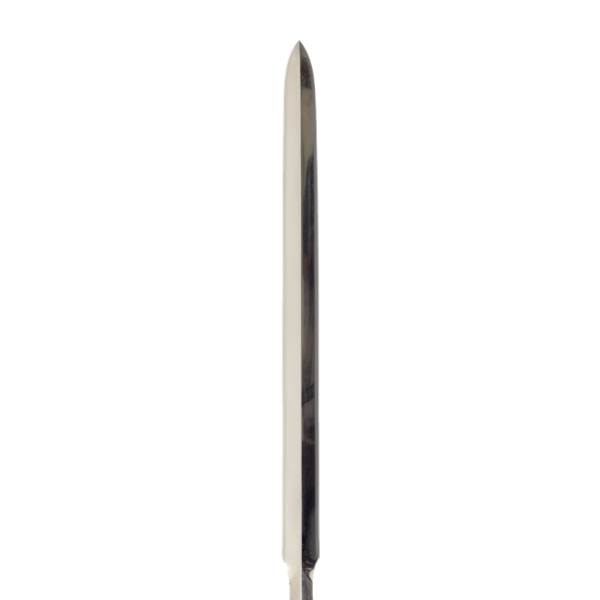
Yari (槍)
Japanese word for spear or spearhead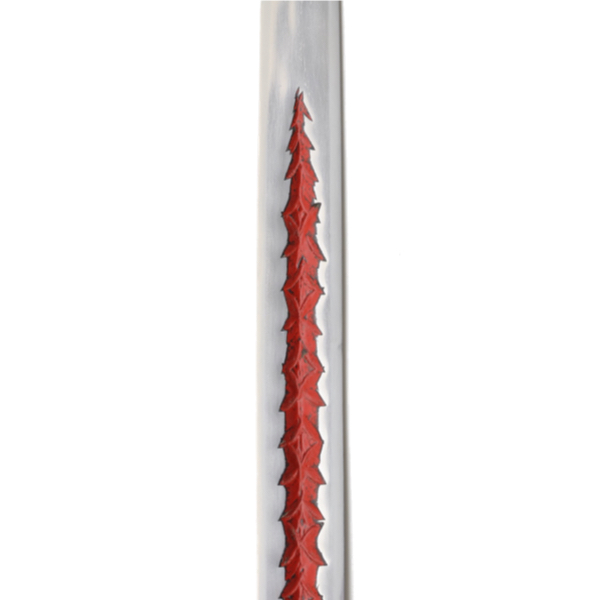
Kusabi-hi (楔樋)
Japanese term for an irregular hamon sometimes found on spearheads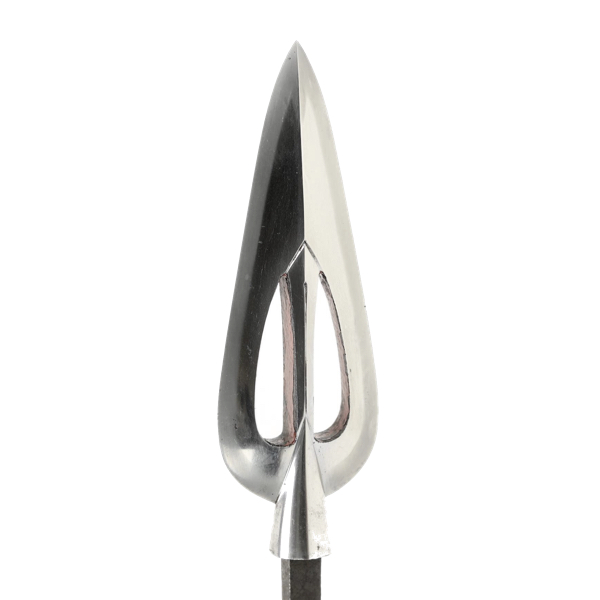
Yajirigata yari (鏃形槍)
Japanese for arrowhead-shaped spearhead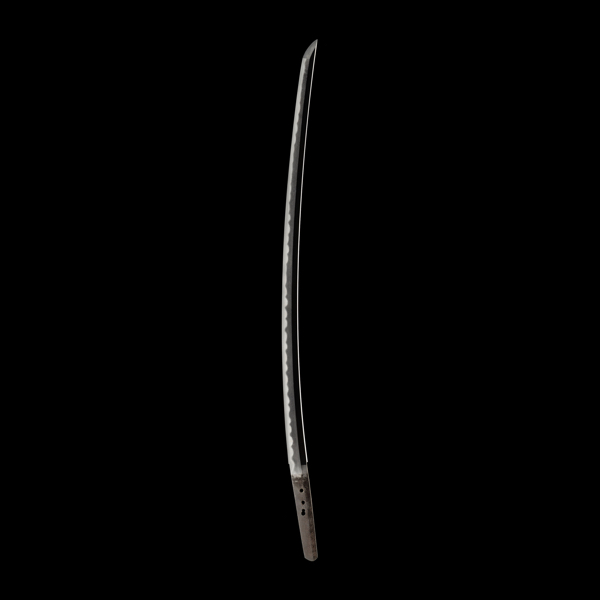
Uchigatana (打刀)
Japanese word for a single-handed curved sword, the predecessor of the katana.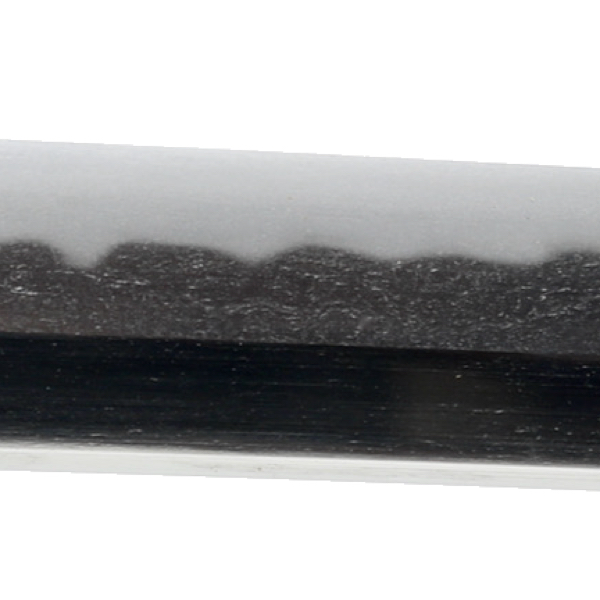
Hamon (刃文)
Japanese term for the temperline on a blade, typically achieved by differential heat treatment.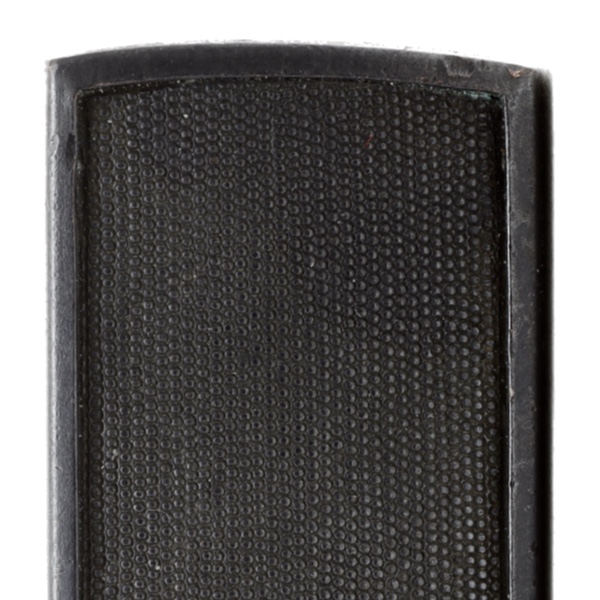
Nanako (魚子/斜子)
The Japanese name for punched, dotted surface finishes on metal.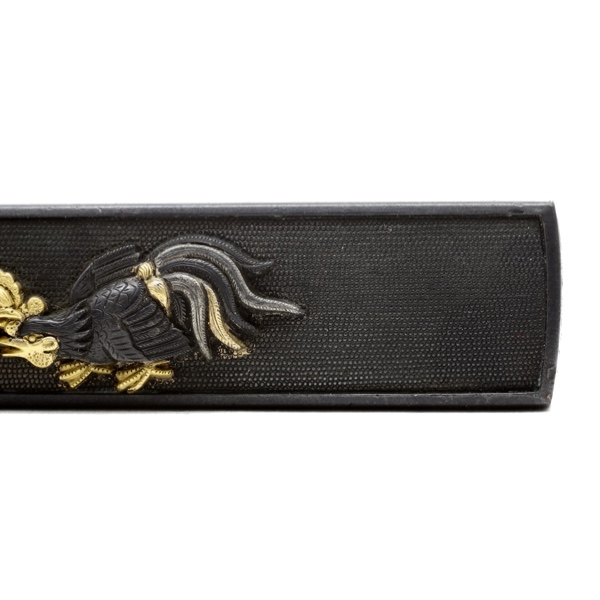
Shakudō (赤銅)
A Japanese alloy containing copper and gold.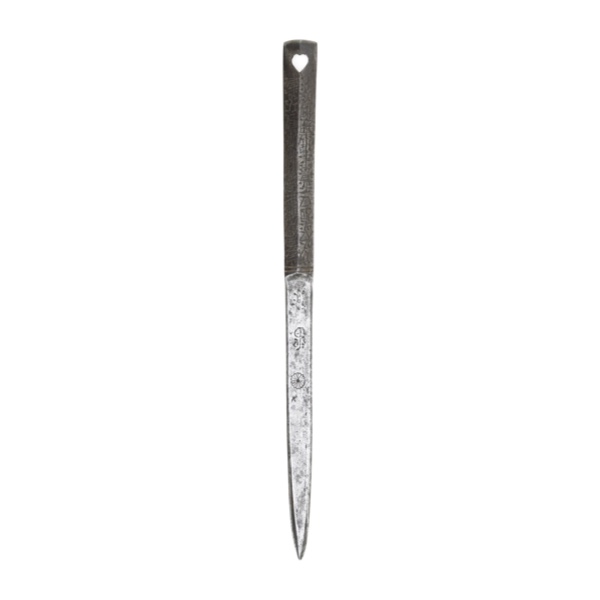
Kankyûtô (貫級刀/貫首刀)
Japanese word for a samurai tool.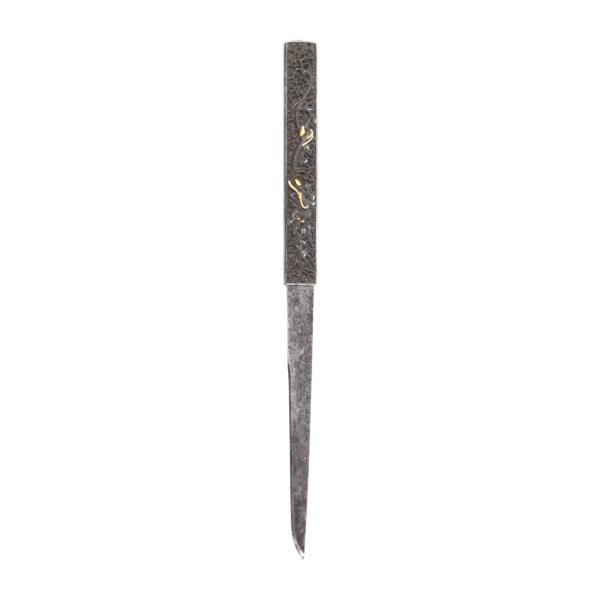
Kozuka (小柄)
Japanese name of a small utility knife worn in sword and dagger scabbards.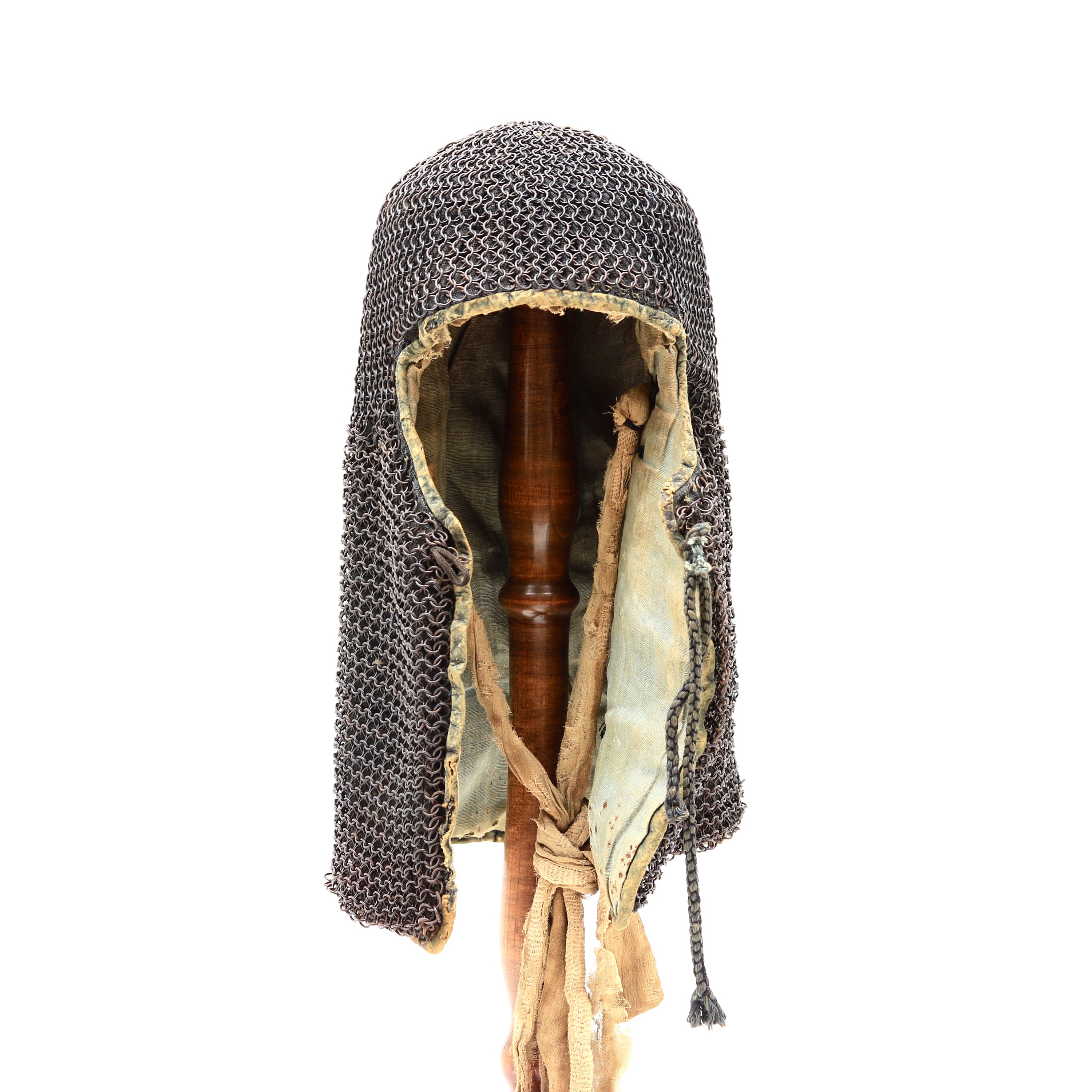
Kusari zukin (鎖頭巾)
Japanese name for the hood of a mail armor set.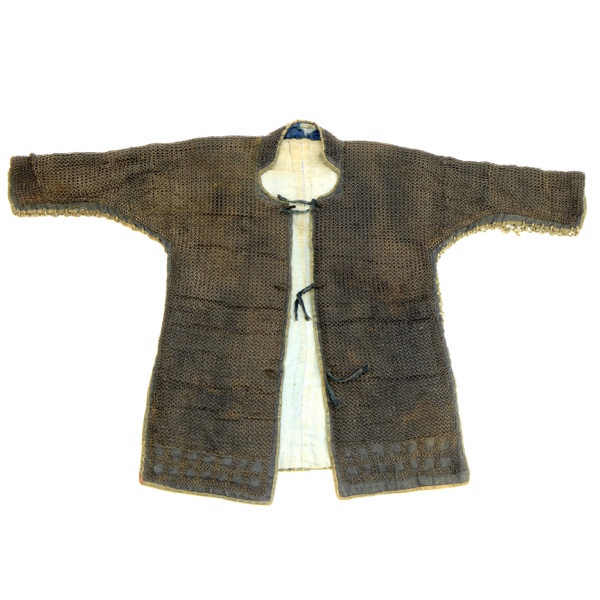
Kusari katabira (鎖帷子)
Japanese name for a jacket of mail armor.